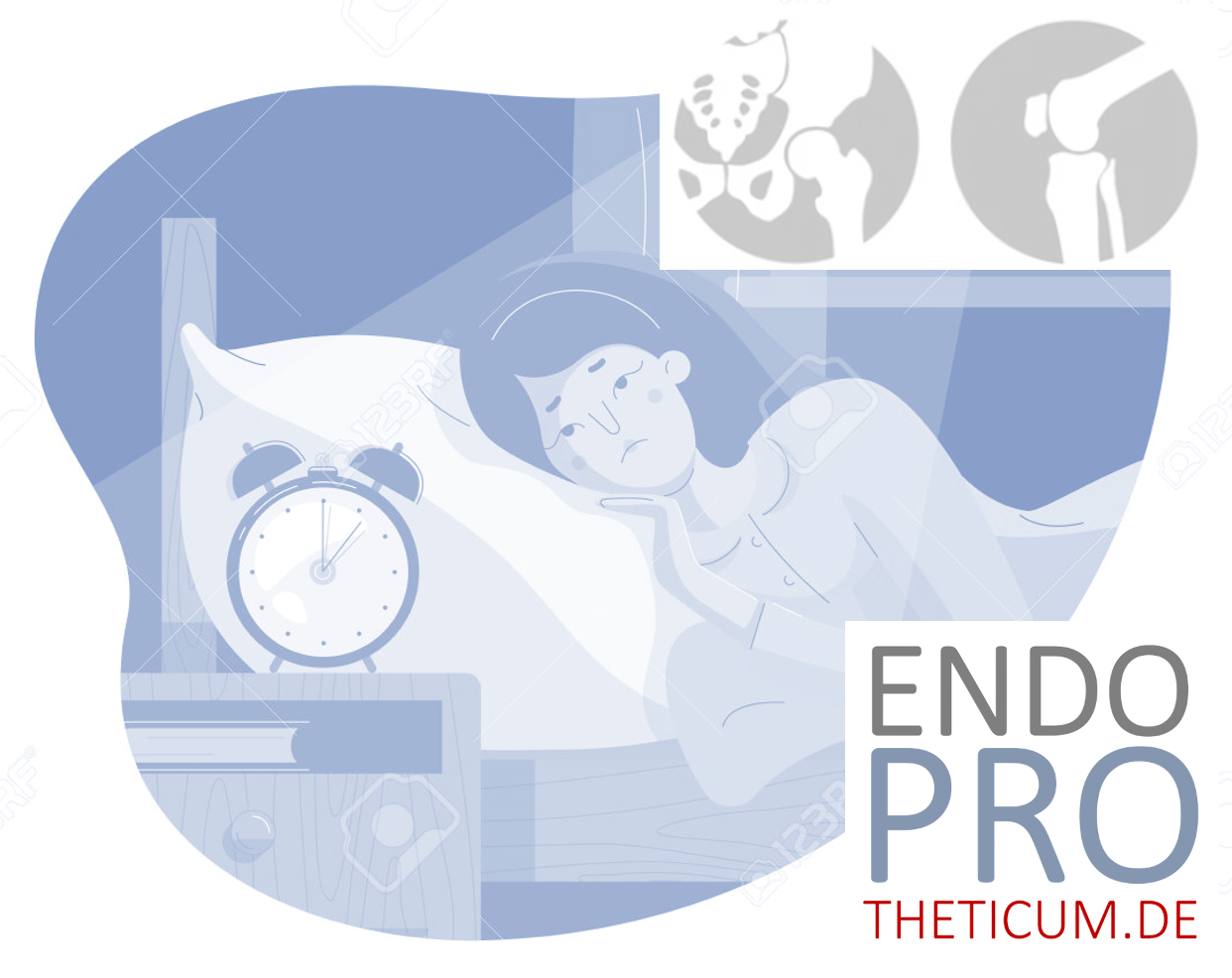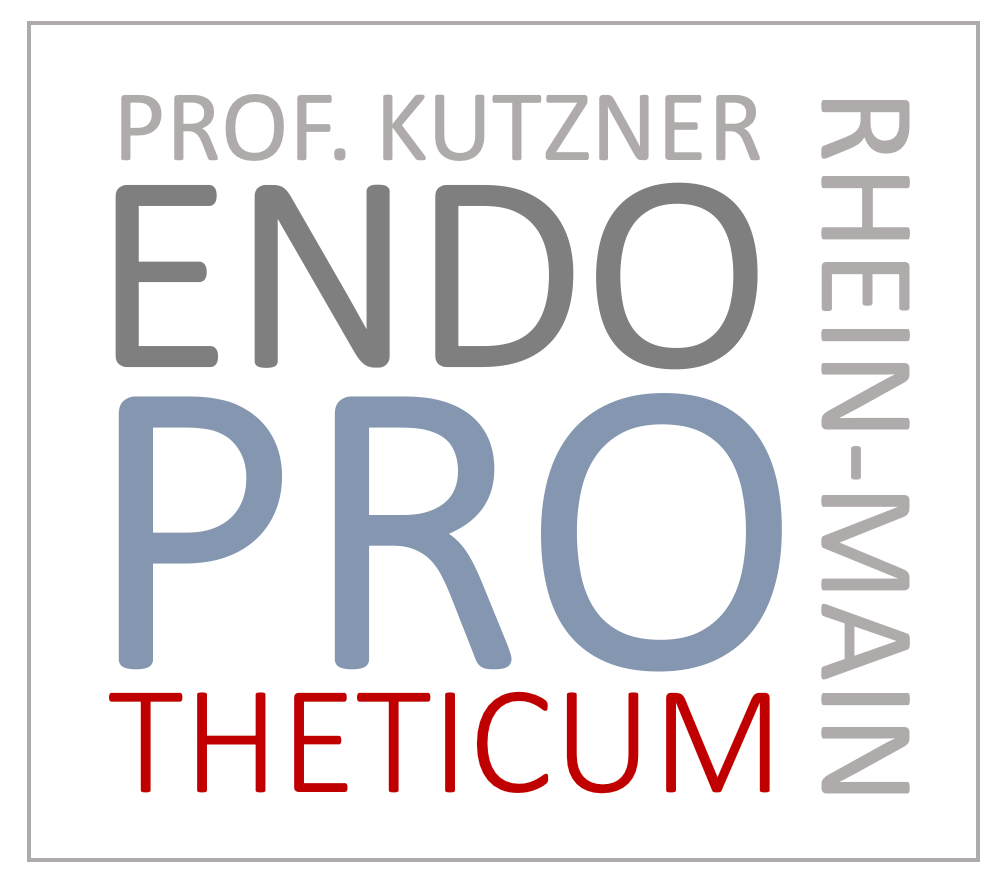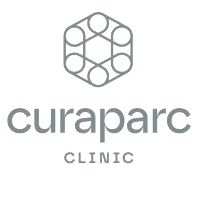Everything You Need to Know About Short-Stem Total Hip Arthroplasty
Short-stem total hip arthroplasty
Short-stem total hip arthroplasty (THA) is a modern surgical technique designed to replace the damaged hip joint with a prosthetic implant, offering numerous benefits over traditional long-stem implants. This approach has gained popularity due to its minimally invasive nature, faster recovery times, and preservation of more bone stock. In this comprehensive guide, we will delve into everything you need to know about short-stem total hip arthroplasty, including its benefits, surgical procedure, recovery, potential risks, and frequently asked questions.
What is Short-Stem Total Hip Arthroplasty?
Short-stem total hip arthroplasty is a type of hip replacement surgery where the femoral component of the hip implant has a shorter stem compared to traditional implants. The short-stem prosthesis is designed to fit snugly within the femur, promoting better bone preservation and facilitating a more natural distribution of mechanical stress. This approach is particularly advantageous for younger and more active patients who may require future revisions.
Benefits of Short-Stem Total Hip Arthroplasty
- Bone Preservation: Short-stem implants preserve more of the patient's natural bone, which is crucial for potential future revisions and overall bone health.
- Minimally Invasive: The surgical technique often involves smaller incisions, resulting in less soft tissue damage, reduced pain, and quicker recovery.
- Enhanced Stability: The design of short-stem implants promotes better load distribution, enhancing the stability and longevity of the implant.
- Faster Recovery: Patients typically experience a faster return to normal activities and improved mobility due to the less invasive nature of the surgery.
- Reduced Risk of Thigh Pain: Traditional long-stem implants can sometimes cause thigh pain, which is less common with short-stem designs.
The Surgical Procedure
Preoperative Preparation
- Medical Evaluation: A thorough medical evaluation is conducted to assess the patient's overall health and suitability for surgery.
- Imaging Studies: X-rays, MRI, or CT scans are used to plan the surgery and customize the implant to the patient's anatomy.
- Preoperative Instructions: Patients receive detailed instructions on preoperative care, including fasting, medication management, and pre-surgical exercises.
The Surgery
- Anesthesia: The patient is administered either general or regional anesthesia to ensure a pain-free procedure.
- Incision: A small incision is made over the hip joint, minimizing soft tissue disruption.
- Joint Access: The surgeon carefully dislocates the hip joint to gain access to the damaged areas.
- Bone Preparation: The damaged femoral head is removed, and the femur is prepared to receive the short-stem implant.
- Implant Insertion: The short-stem prosthesis is inserted into the femur, and the acetabular component is fixed in place.
- Reconstruction: The hip joint is reassembled, and the surgeon ensures proper alignment and stability of the implant.
- Closure: The incision is closed with sutures or staples, and a sterile dressing is applied.
Recovery and Rehabilitation
Immediate Postoperative Care
- Hospital Stay: Most patients stay in the hospital for 1-3 days post-surgery, depending on their progress.
- Pain Management: Pain is managed with medications, including opioids, NSAIDs, and local anesthetics.
- Early Mobilization: Patients are encouraged to start moving and walking with assistance on the day of surgery or the next day.
Rehabilitation
- Physical Therapy: A structured physical therapy program is initiated to restore strength, flexibility, and mobility.
- Home Exercises: Patients are given specific exercises to perform at home to complement their in-clinic therapy sessions.
- Follow-Up Appointments: Regular follow-up visits are scheduled to monitor the healing process and implant stability.
Potential Risks and Complications
While short-stem total hip arthroplasty is generally safe, it is not without risks. Some potential complications include:
- Infection: Although rare, infections can occur and may require additional treatment or surgery.
- Dislocation: There is a small risk of the implant dislocating, particularly in the early stages of recovery.
- Fractures: Periprosthetic fractures (fractures around the implant) can occur, especially in patients with poor bone quality.
- Nerve or Blood Vessel Injury: The proximity of nerves and blood vessels to the surgical site means there is a slight risk of injury.
- Implant Failure: Over time, the implant may wear out or become loose, necessitating revision surgery.
Frequently Asked Questions
1. Who is a good candidate for short-stem total hip arthroplasty?
Good candidates include younger, more active patients with good bone quality who are looking to preserve as much bone as possible for potential future revisions.
2. How long does the surgery take?
The surgery typically takes between 1 to 2 hours, depending on the complexity of the case.
3. When can I return to normal activities?
Most patients can return to normal activities within 6 to 12 weeks, although full recovery may take up to 6 months.
4. Will I need physical therapy?
Yes, physical therapy is an essential component of the recovery process and helps ensure the best possible outcome.
5. How long will the implant last?
Short-stem implants are designed to last many years, but their longevity can be influenced by factors such as patient activity level, weight, and overall health.
Conclusion
Short-stem total hip arthroplasty represents a significant advancement in hip replacement surgery, offering numerous benefits over traditional long-stem implants. By preserving more bone, allowing for minimally invasive techniques, and promoting faster recovery, short-stem THA is an excellent option for many patients. As with any surgery, it is important to have a thorough discussion with your healthcare provider to determine if this approach is right for you. With proper care and rehabilitation, patients can look forward to a significant improvement in their quality of life and return to their favorite activities.
TERMIN VEREINBAREN?
Gerne können Sie einen Termin sowohl telefonisch, als auch online vereinbaren.




























